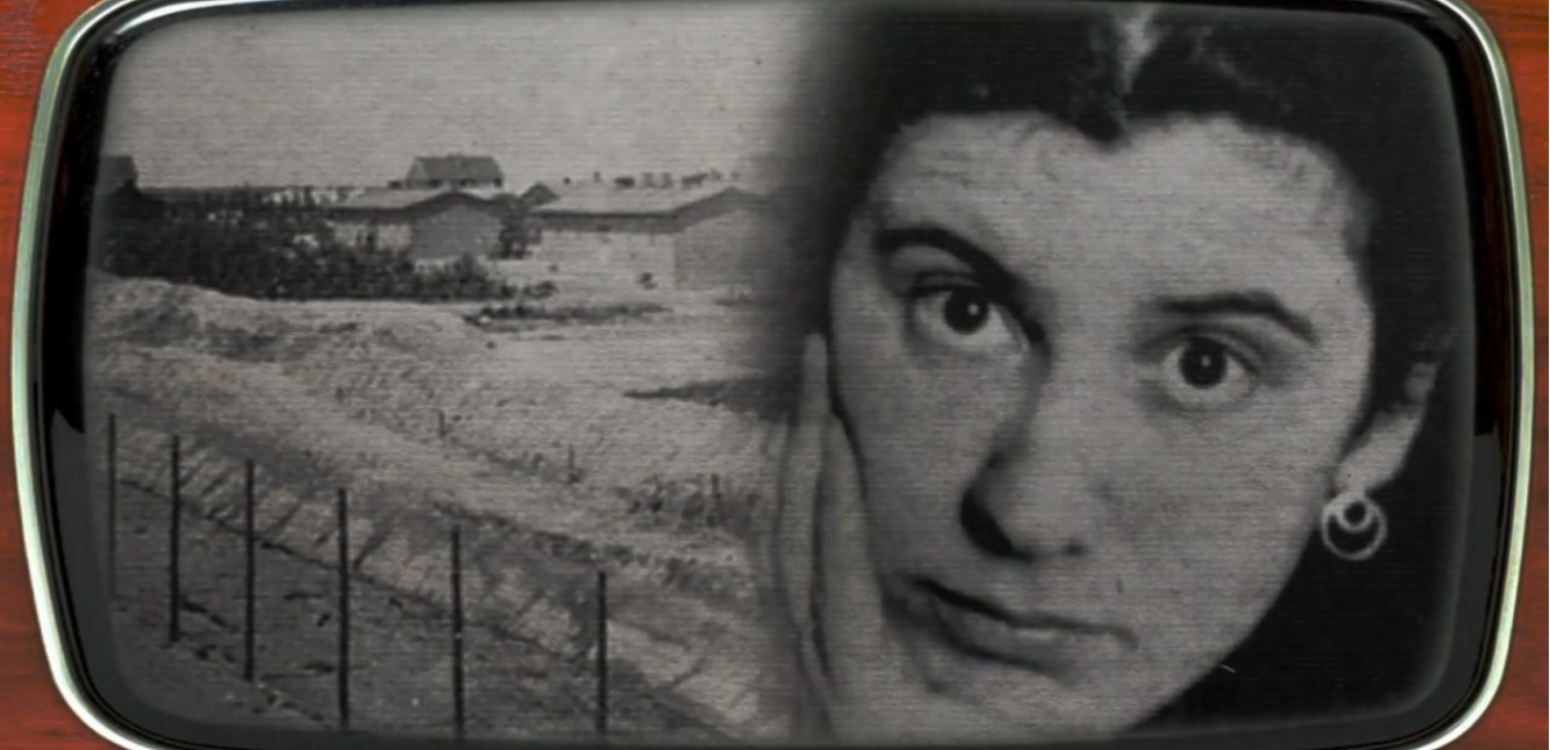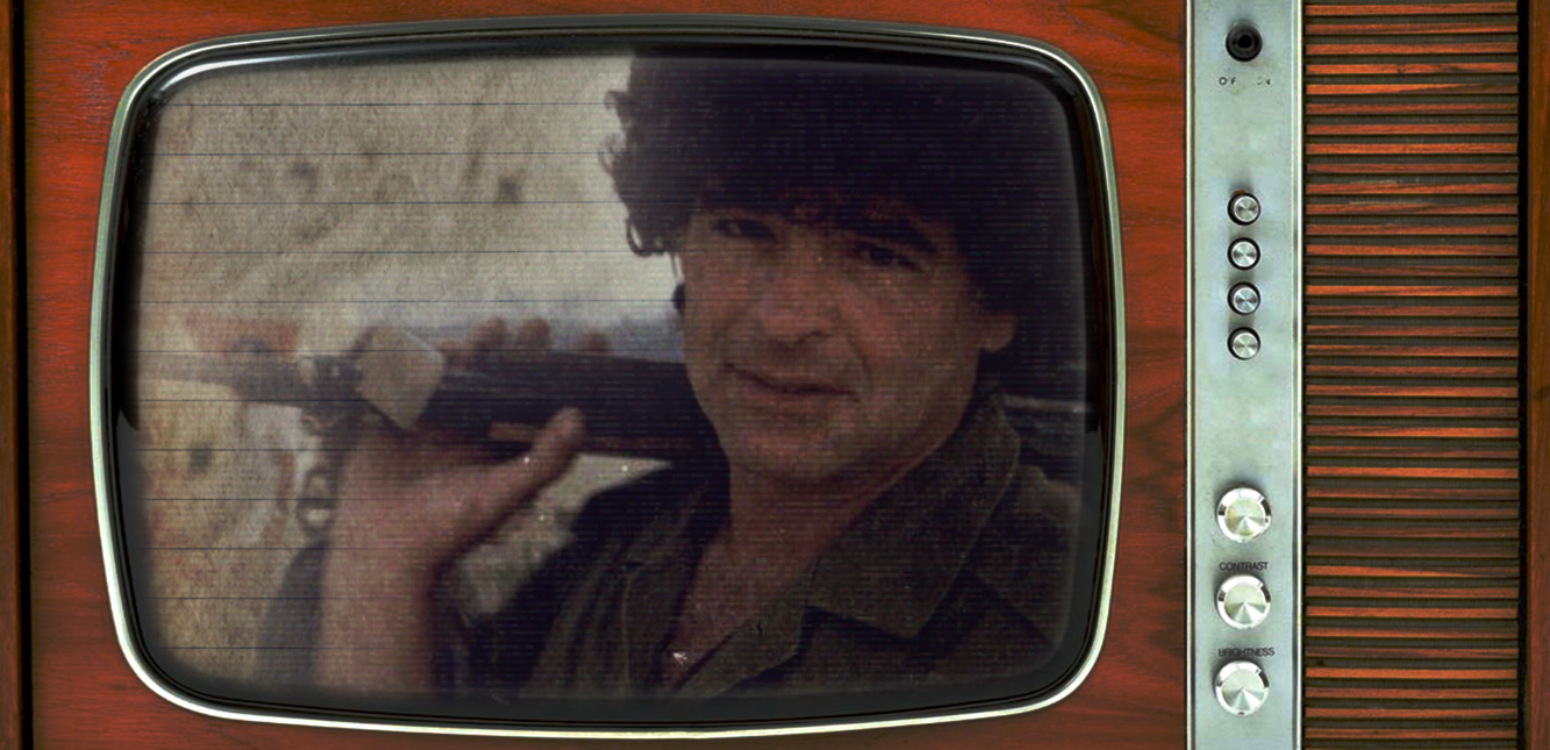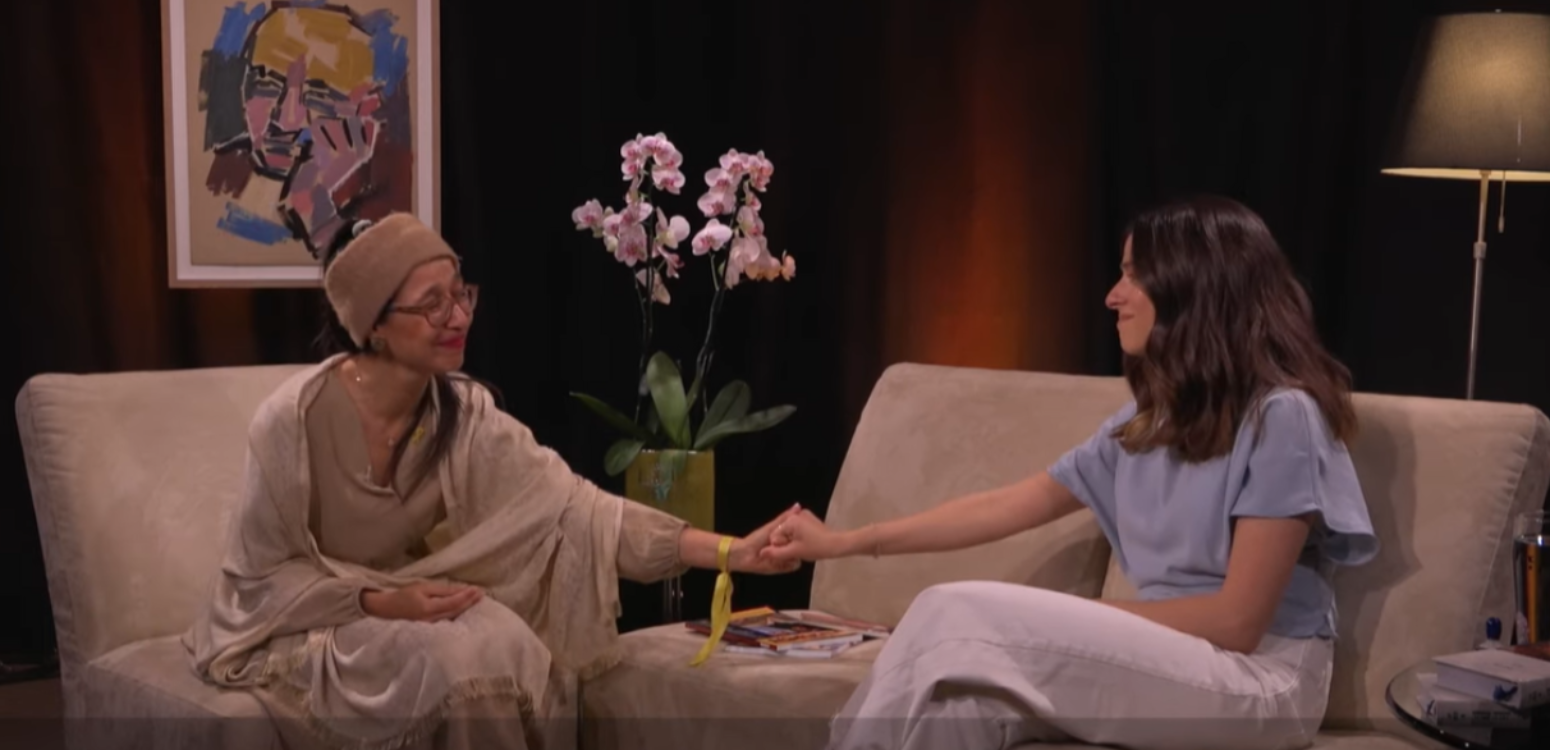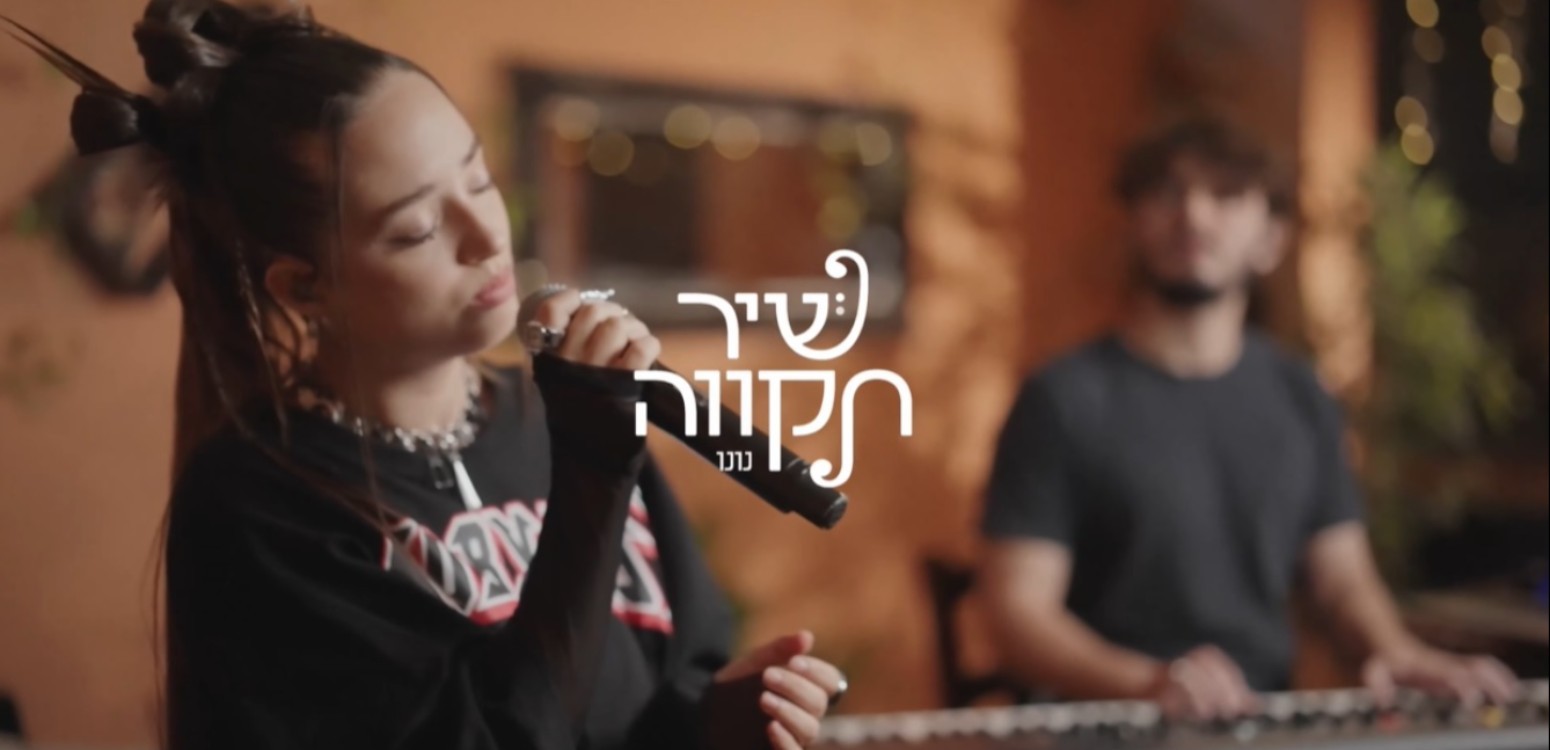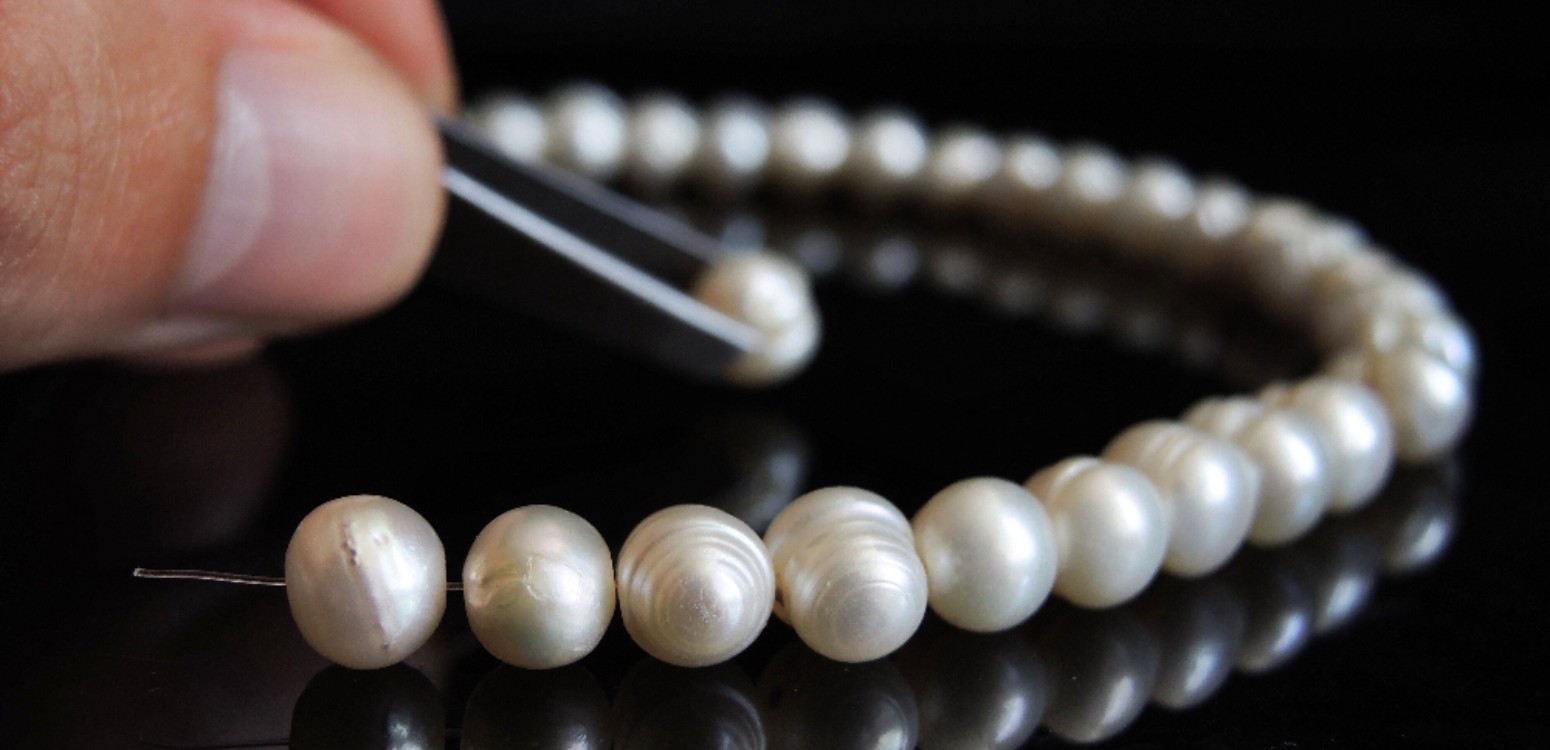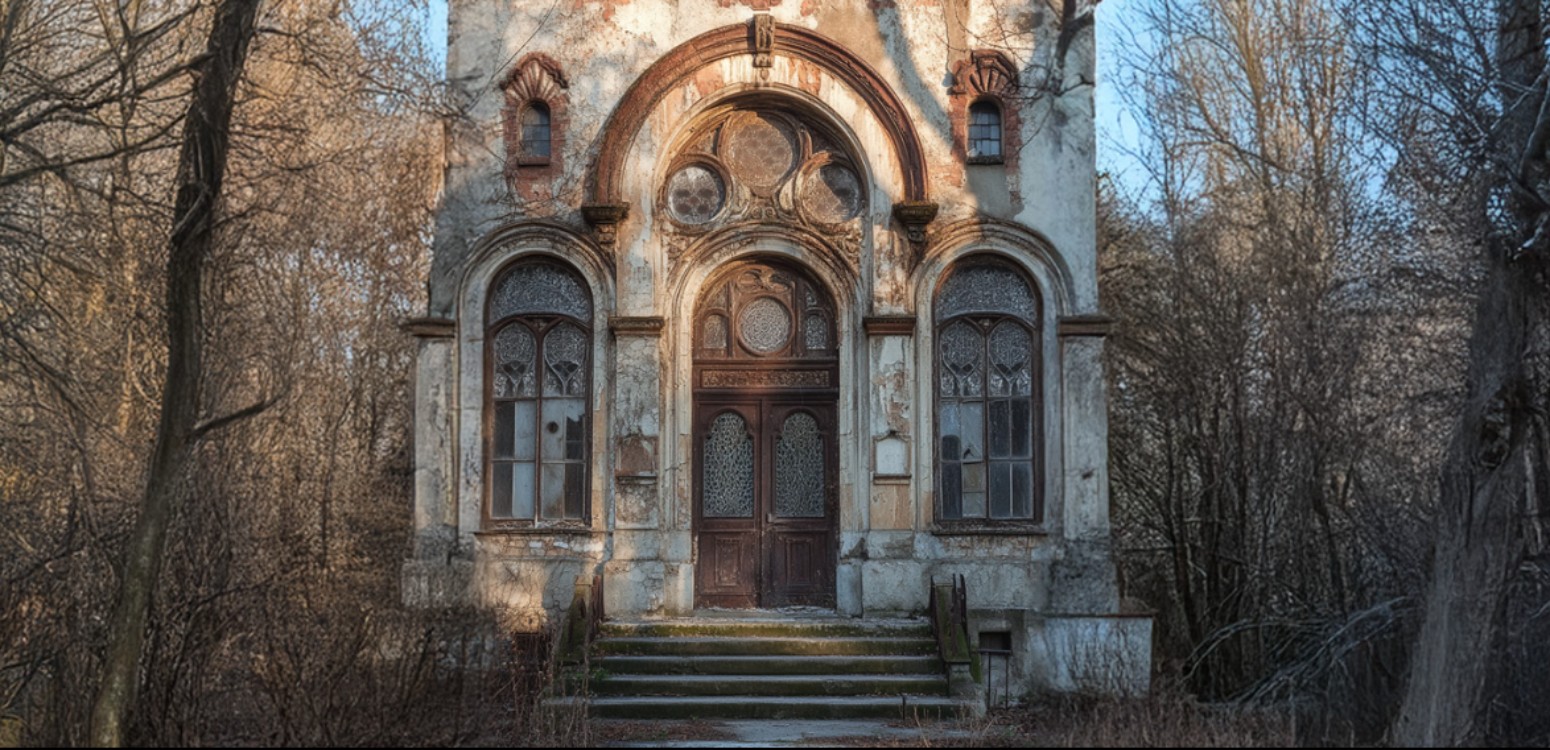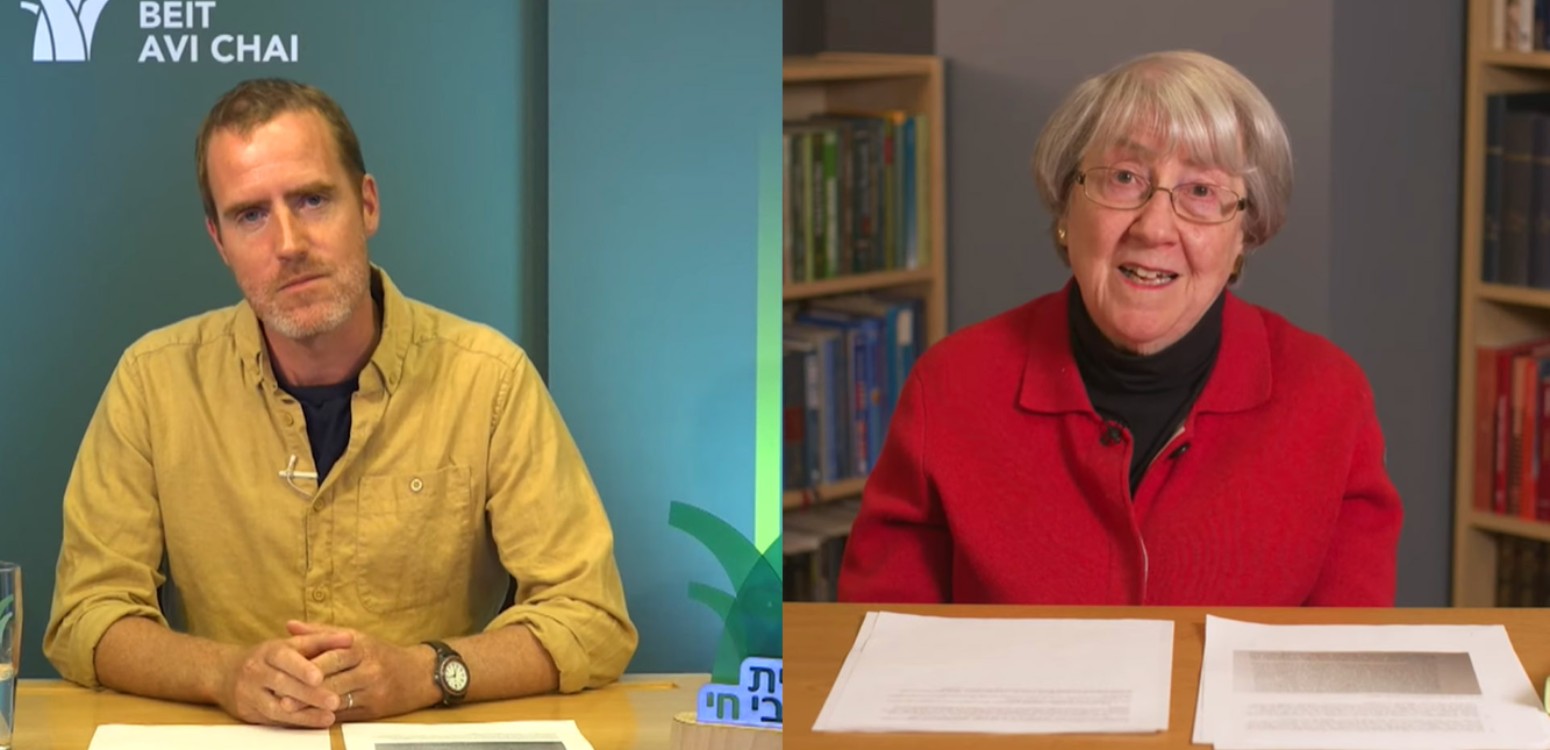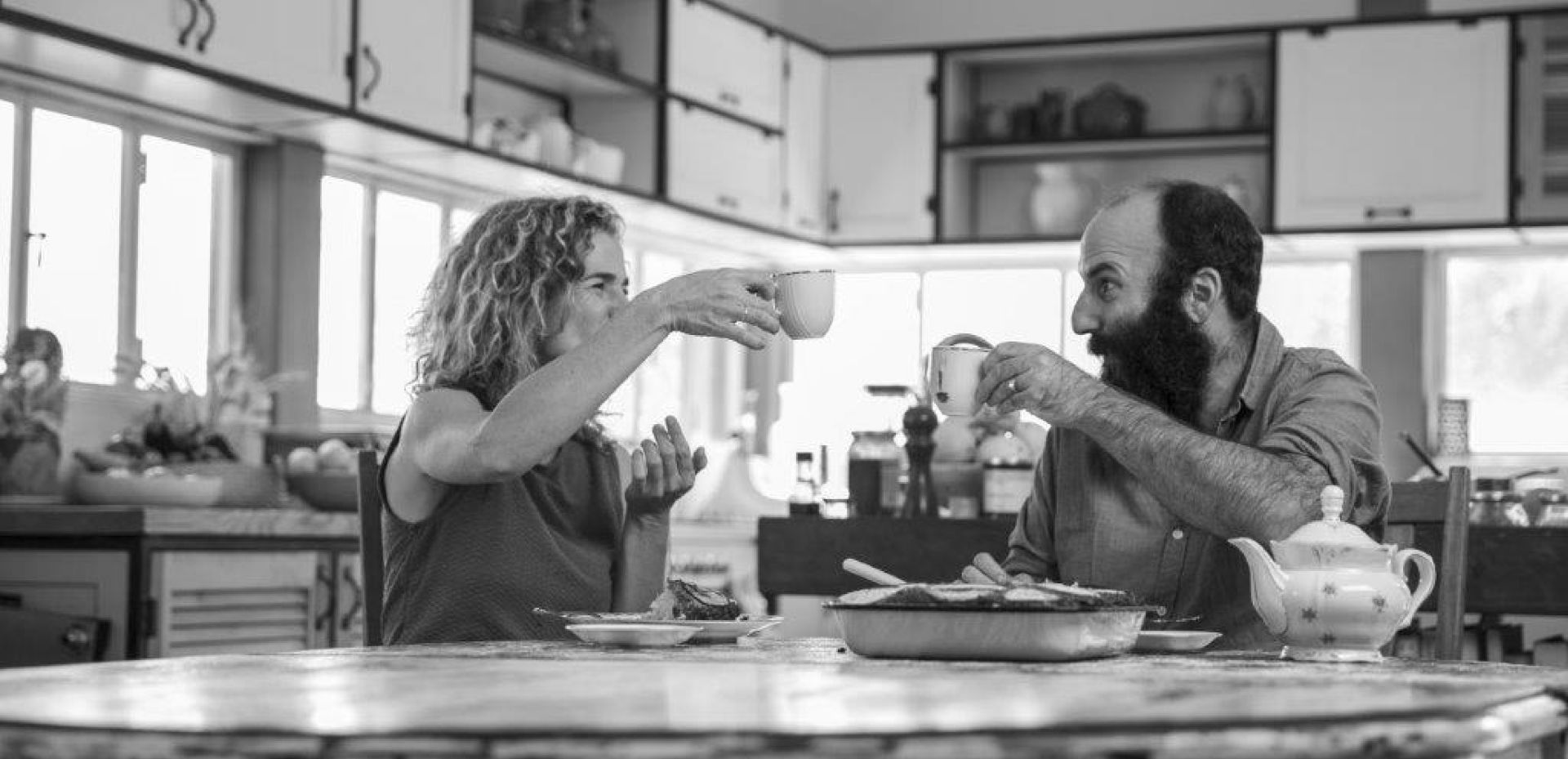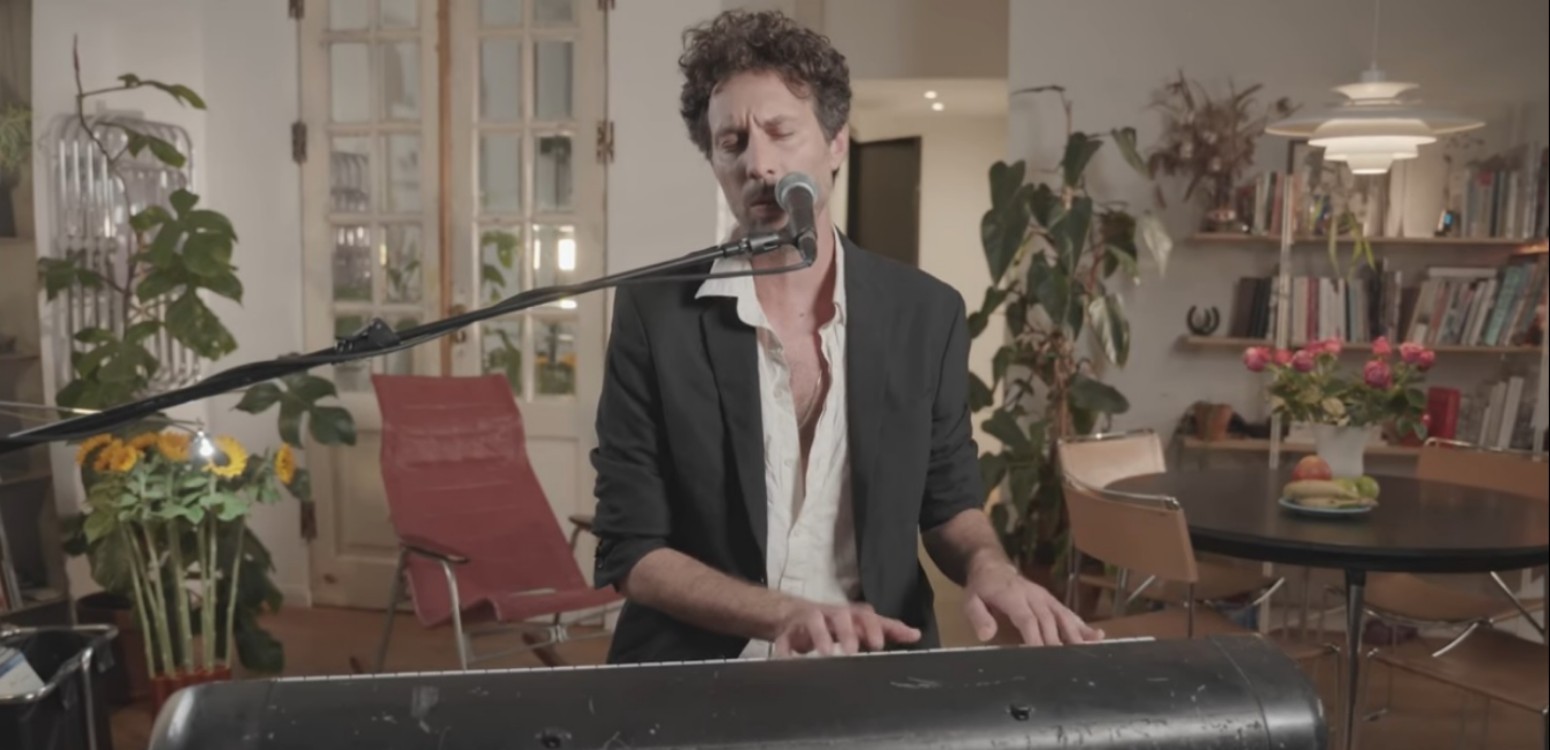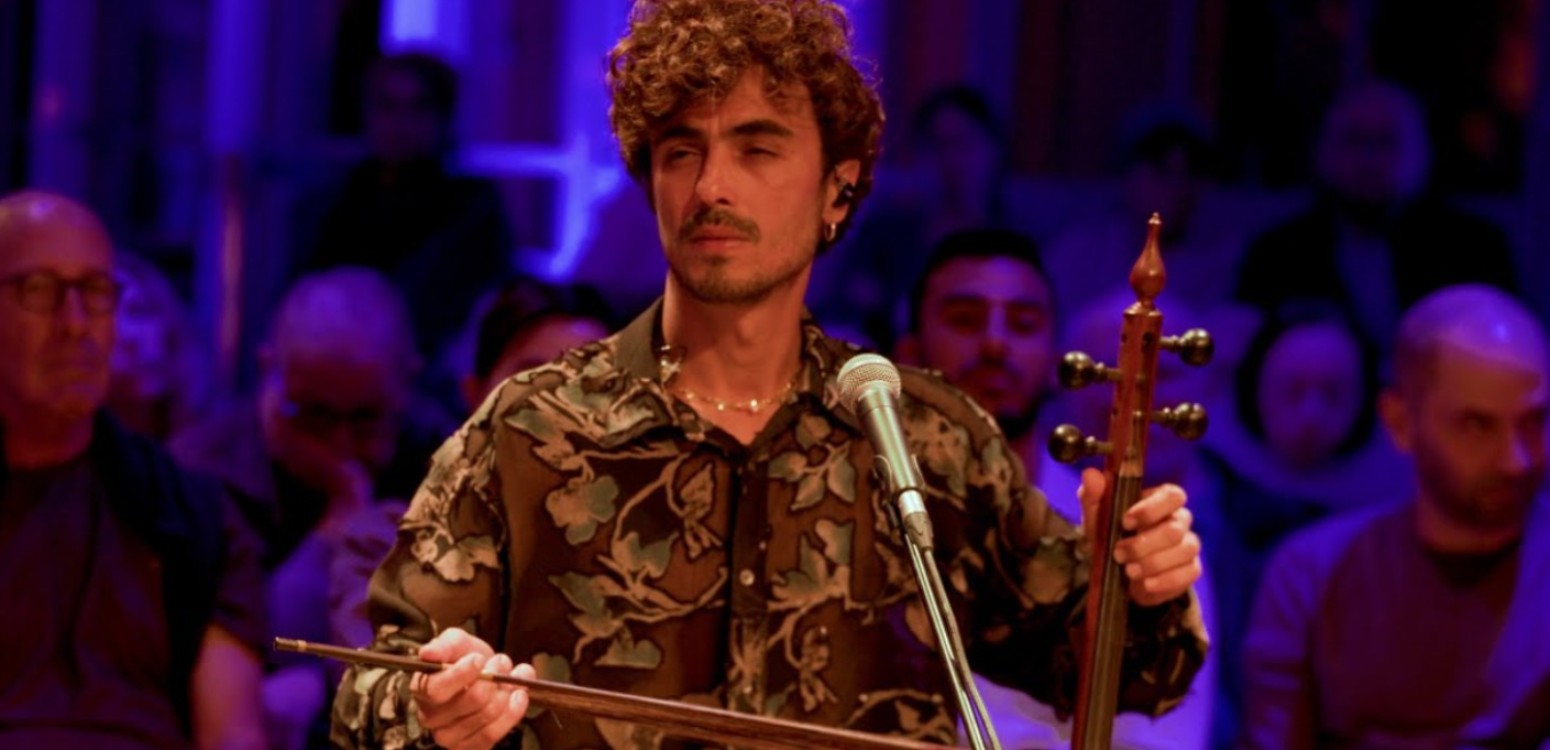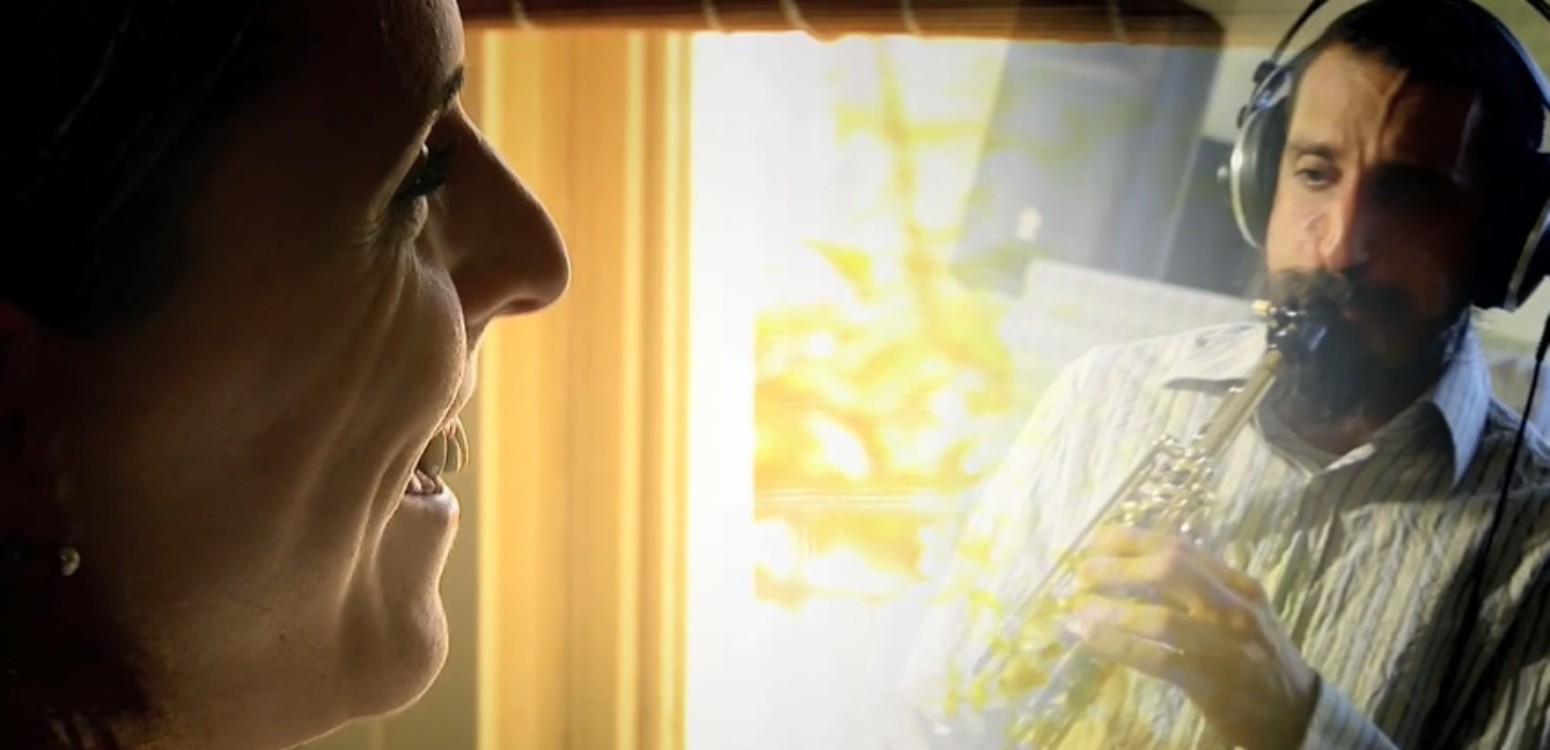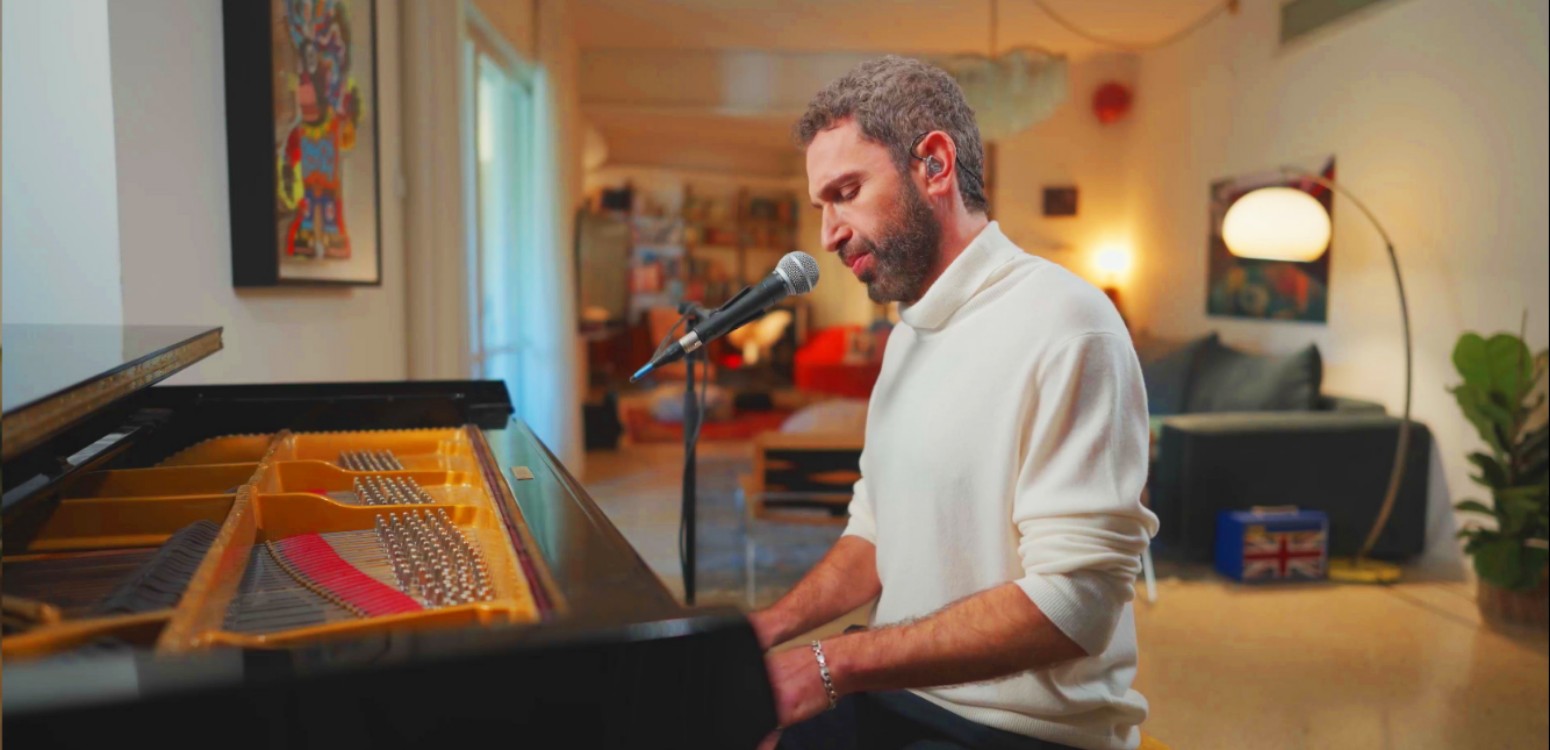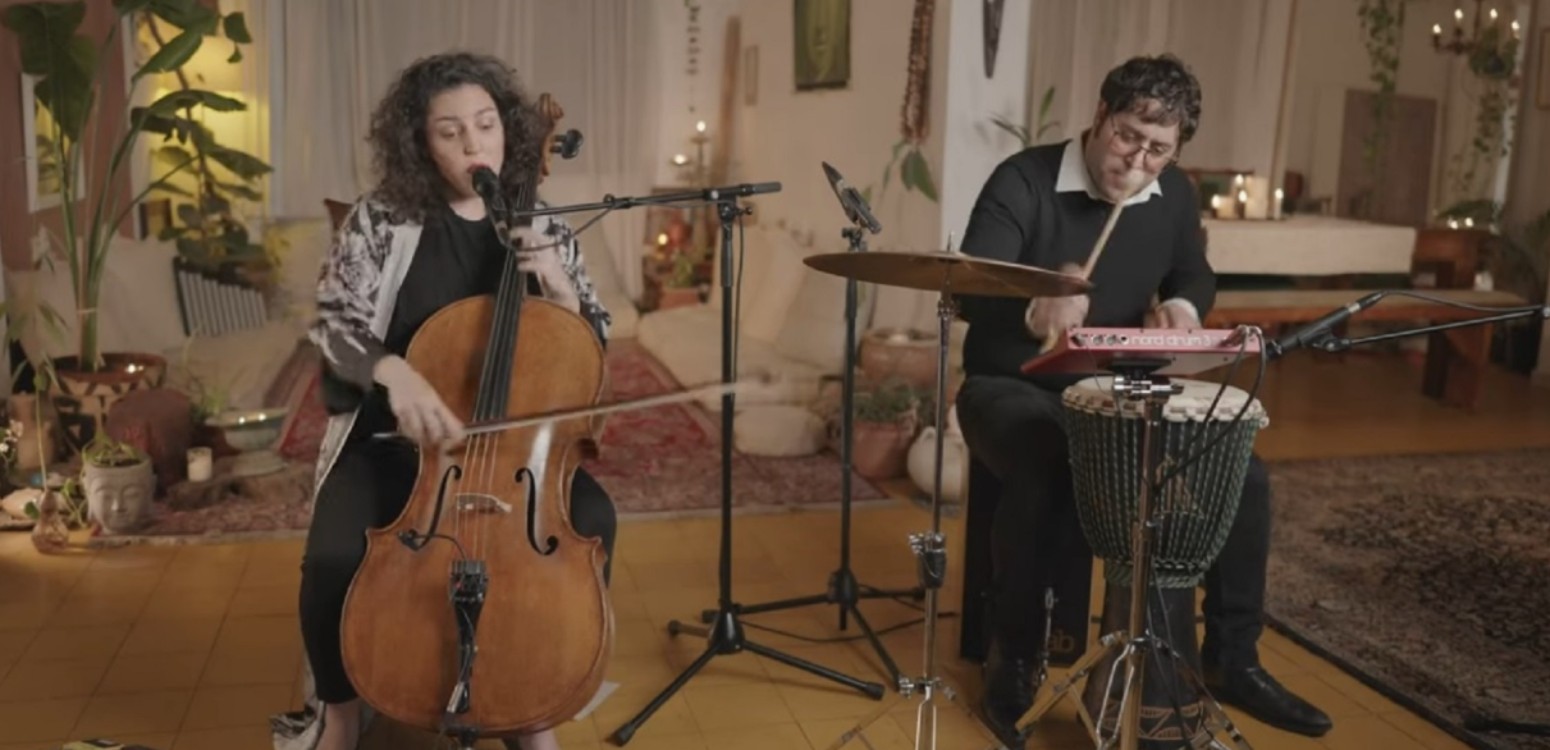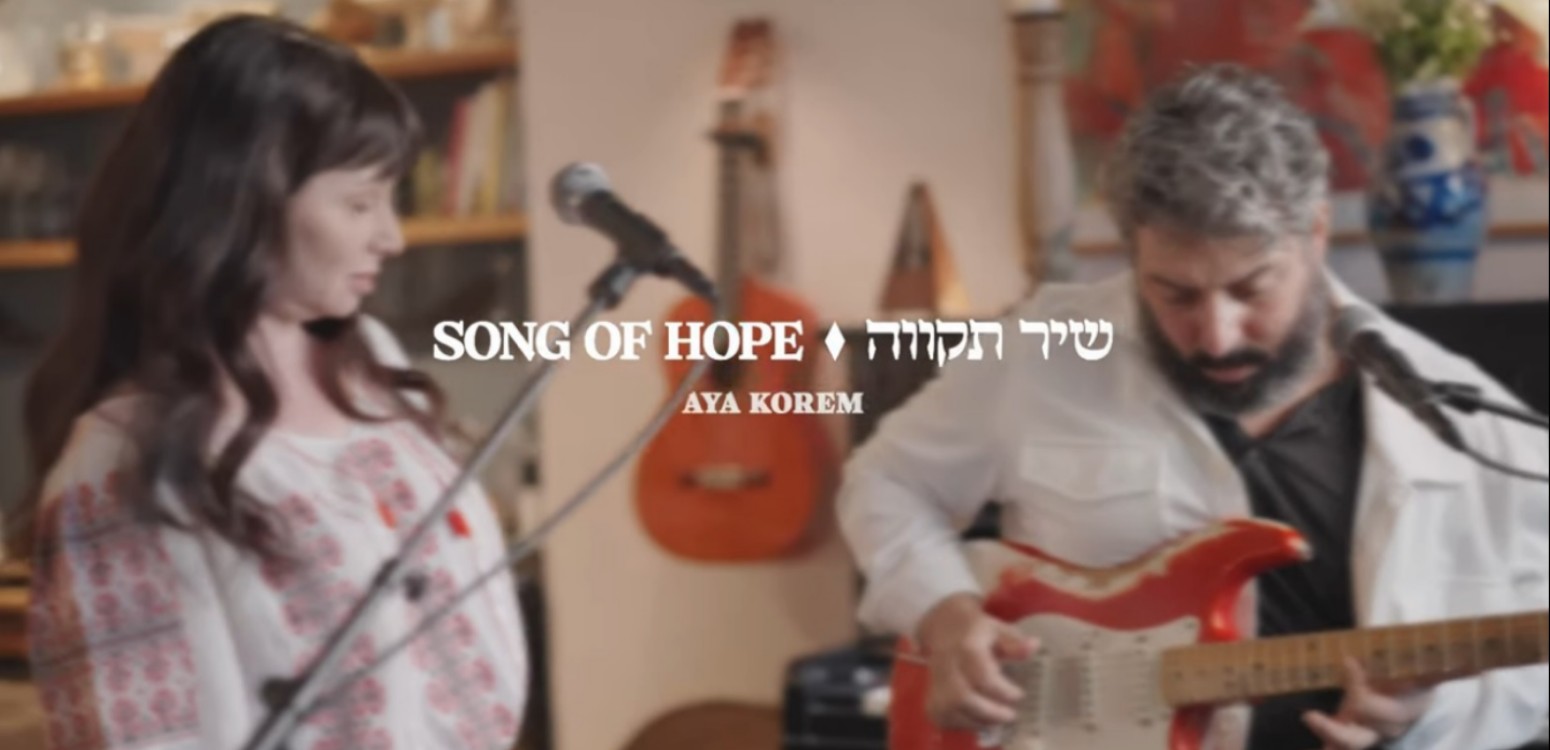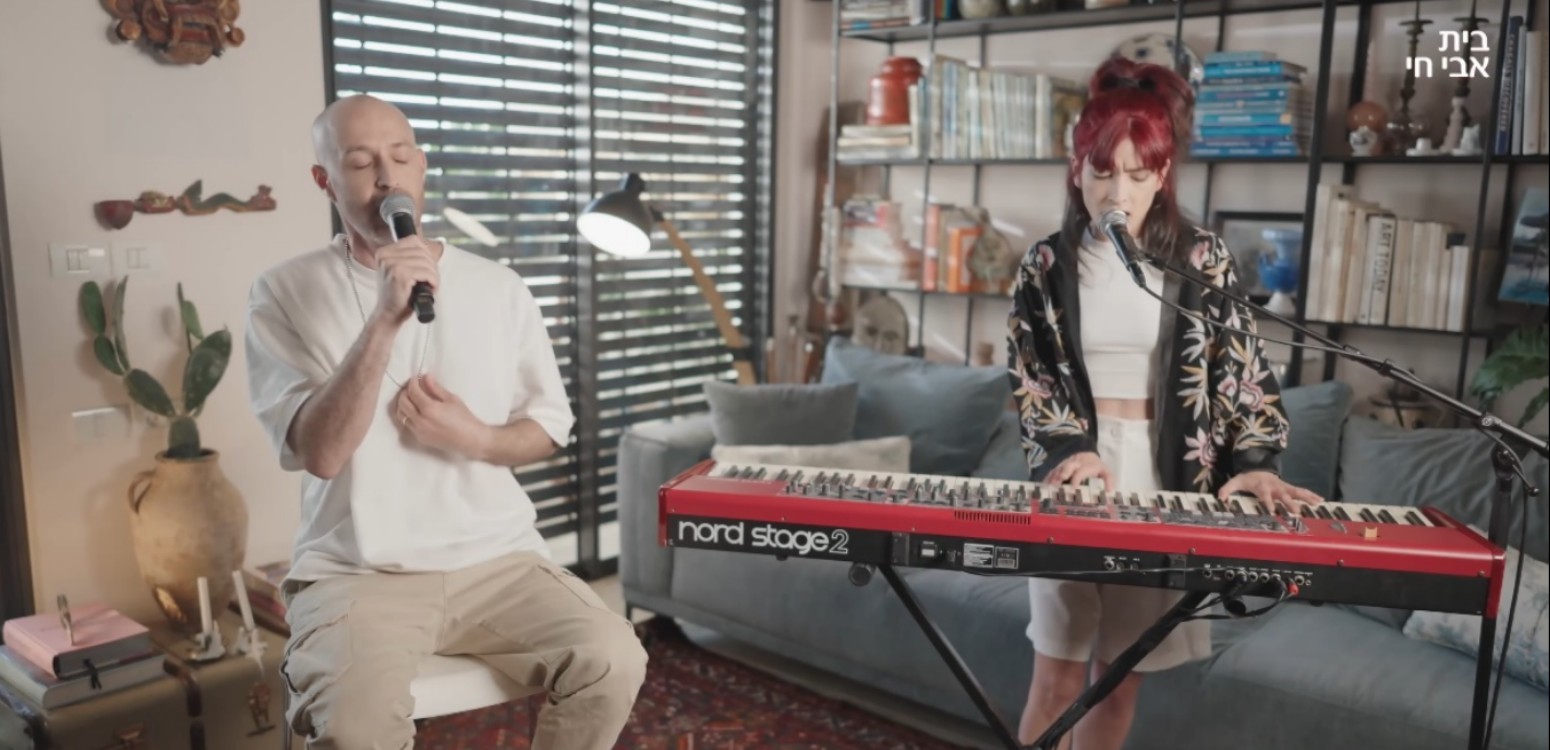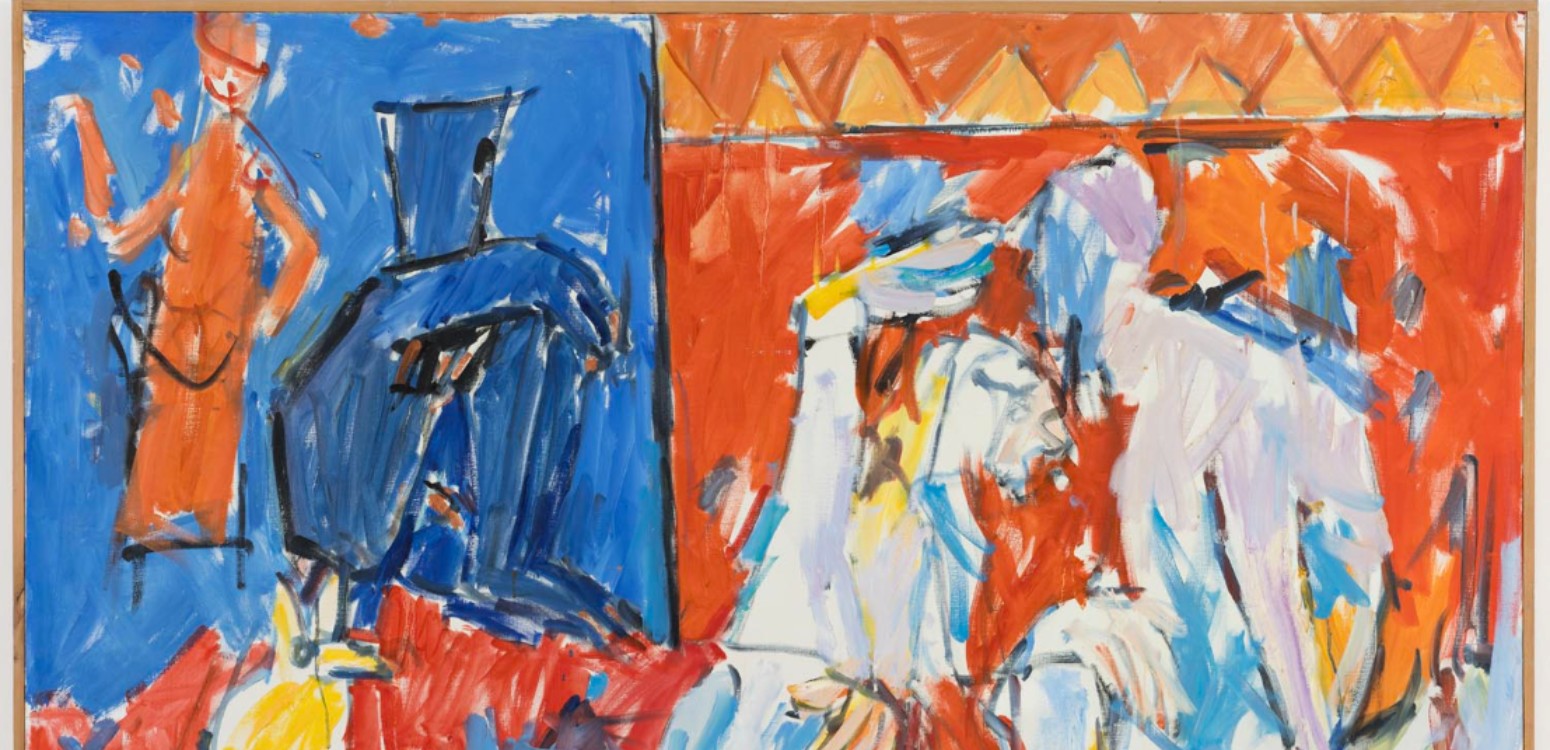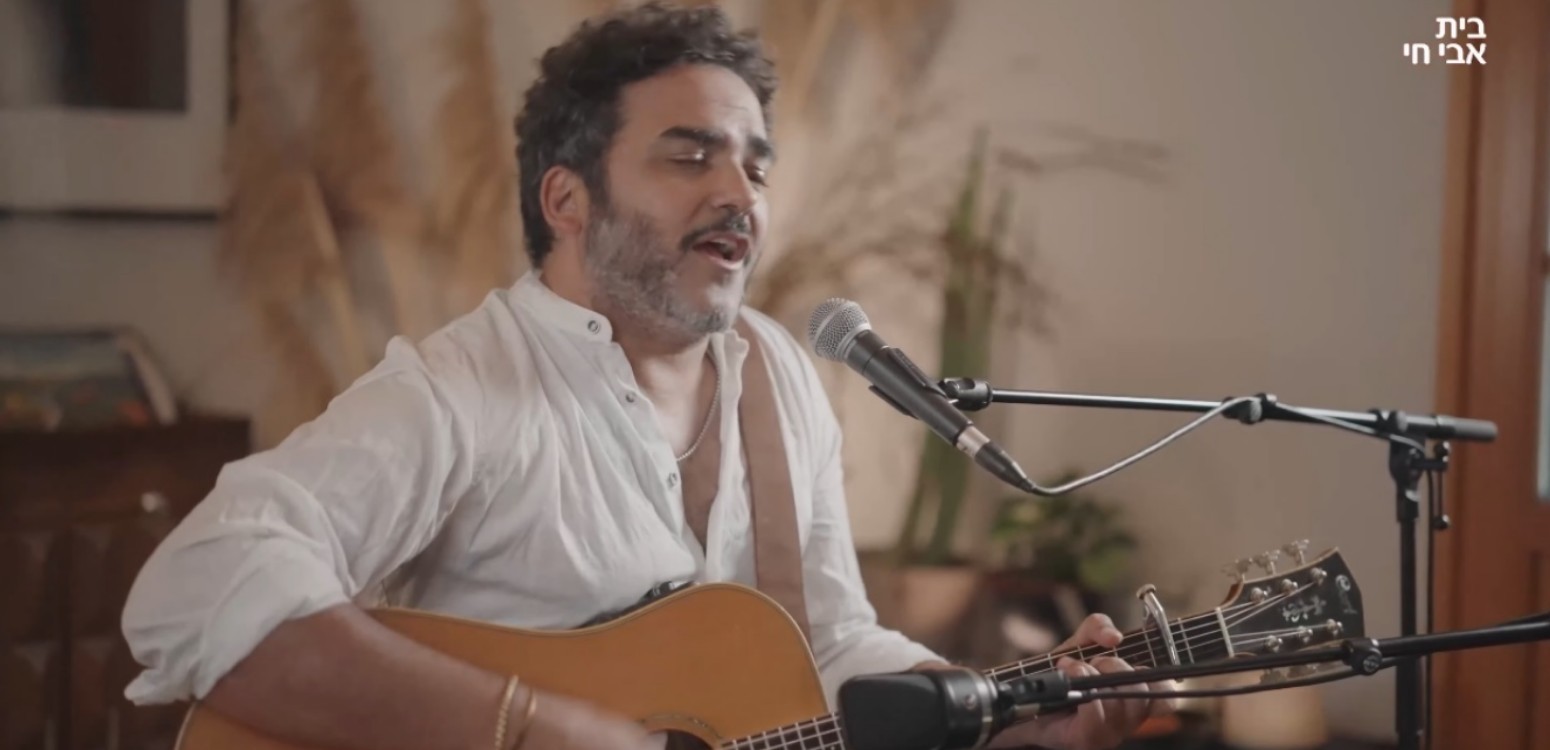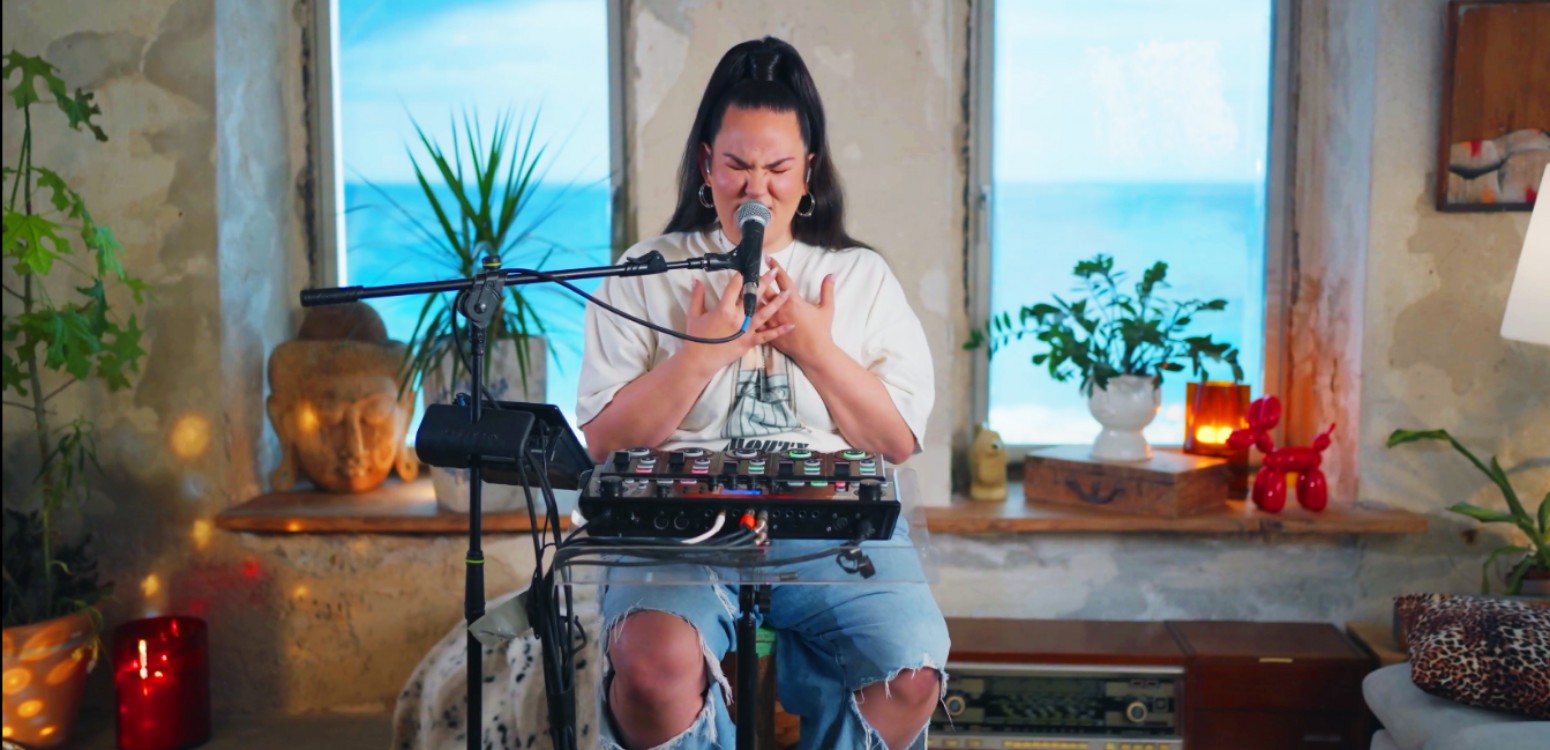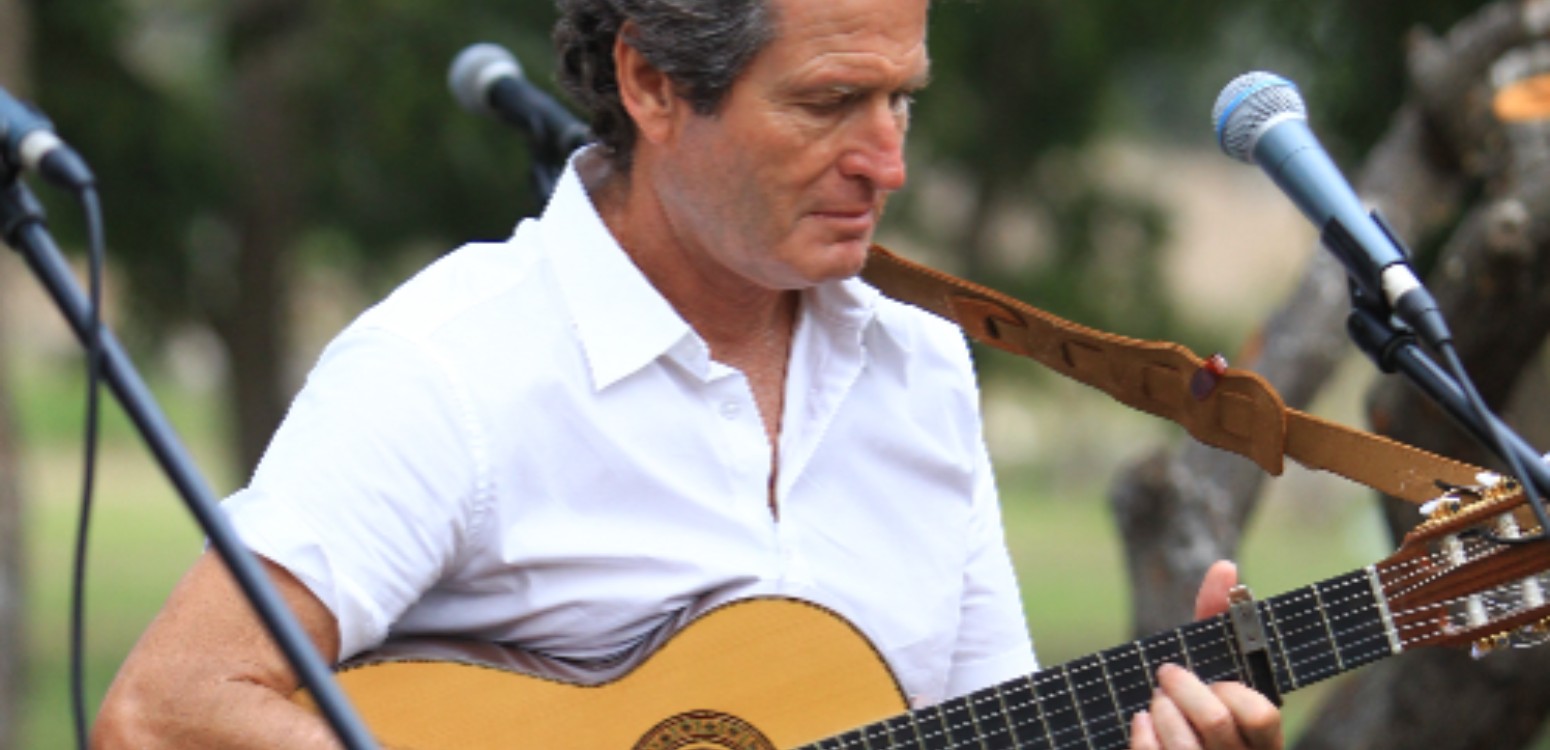
“Movement of Thought” is a one-of-a-kind workshop series for parents and kids, led by choreographer Renana Raz and educator Chaya Gilboa. Each Rosh Chodesh, children explore various themes through dance while parents dive into ancient and modern texts. The sessions culminate in a shared movement experience, with parents and children together bringing ideas to life
It’s a cold night in Jerusalem but I and around ten other people are in a warm classroom at Beit Avi Chai studying Talmud with acclaimed educator Chaya Gilboa. The topic is friendship, and we’re examining the famous story of Shimon ben Lakish, better known as Reish Lakish (c. 200 — c. 275), the bandit leader who met the great Torah scholar Rabbi Yochanan (180–279 CE) while the latter was bathing in the Jordan River. “Your strength should be devoted to the Torah,” Rabbi Yochanan tells him, to which Reish Lakish unexpectedly retorts: “Your beauty should be devoted to women.” Rabbi Yochanan is desperate to convince the outlaw to abandon his misbegotten lifestyle and study Torah. “If you begin to study Torah,” he tells him, “You can have my sister, whose beauty is even greater than mine, as a wife!”
This is no ordinary Talmud class though. For while the parents are studying with Chaya, my daughter and other children are next door dancing with the distinguished choreographer, dancer, and actress Renana Raz. This is Beit Avi Chai’s new Rosh Chodesh program in Hebrew, Tnu’at HaMachshava (“Movement of Thought”), a unique series that aims to connect ideas to movement, the mind to the body, and parents with their children.
Coordination, trust, and attention
Each workshop deals with a different theme – as mentioned, the topic of the meeting I attended was friendship, while future meetings will address changes and Separation. At the start, everyone gathered for a shared activity about the quality of friendship, with both parents and children talking about their closest friendships. We then examined this idea through the body: with each parent-child pair leaning on one another in various shapes and positions – heads on knees, feet on arms, etc. – emphasizing the theme of connection and friendship. After this, we split up – the parents grabbing a cup of tea before settling down to study Talmud, while the children continued the dance activity, working together to choreograph movements that expressed the theme of friendship. When I returned to the room at the end, my daughter, who had been somewhat reluctant to attend, was delighted that she had taken part, enthusiastically telling me about all the different ideas she had come up with.
Chaya and Renana met in 2016 during the Jerusalem Season of Culture’s Mekudeshet festival; Renana attended a class given by Chaya on the meaning of the word mekudeshet (‘consecrated’). “When the war began,” Chaya explains, addressing the origins of this project, “we had a strong desire to seek help in ancient texts. On the other hand, we needed to focus on the present. So there are two ‘movements’ here – to the past and to the present. The study makes the past accessible to us in the here and now, while the dancing grounds us in the present.”
People don’t usually associate the world of text study with dance. “I come from a very academic world and Renana’s approach is to use the body,” Chaya says. “The two of us agree that both are vital. Through a therapeutic combination of these different worlds, we connect things that are usually disconnected.” Renana helped the children think together about the meaning of friendship. Using elastic bands, the children connected their hands and feet and tried to walk, jump, crawl, sit, and lie down together. This required coordination, trust, and attention. The session concluded with popular fad-dance “The Chicken Dance,” that involves cooperation and coordination with a partner, as the two dancers need to lock arms, facing opposite directions, and spin around and then switch arms and directions halfway through the refrain.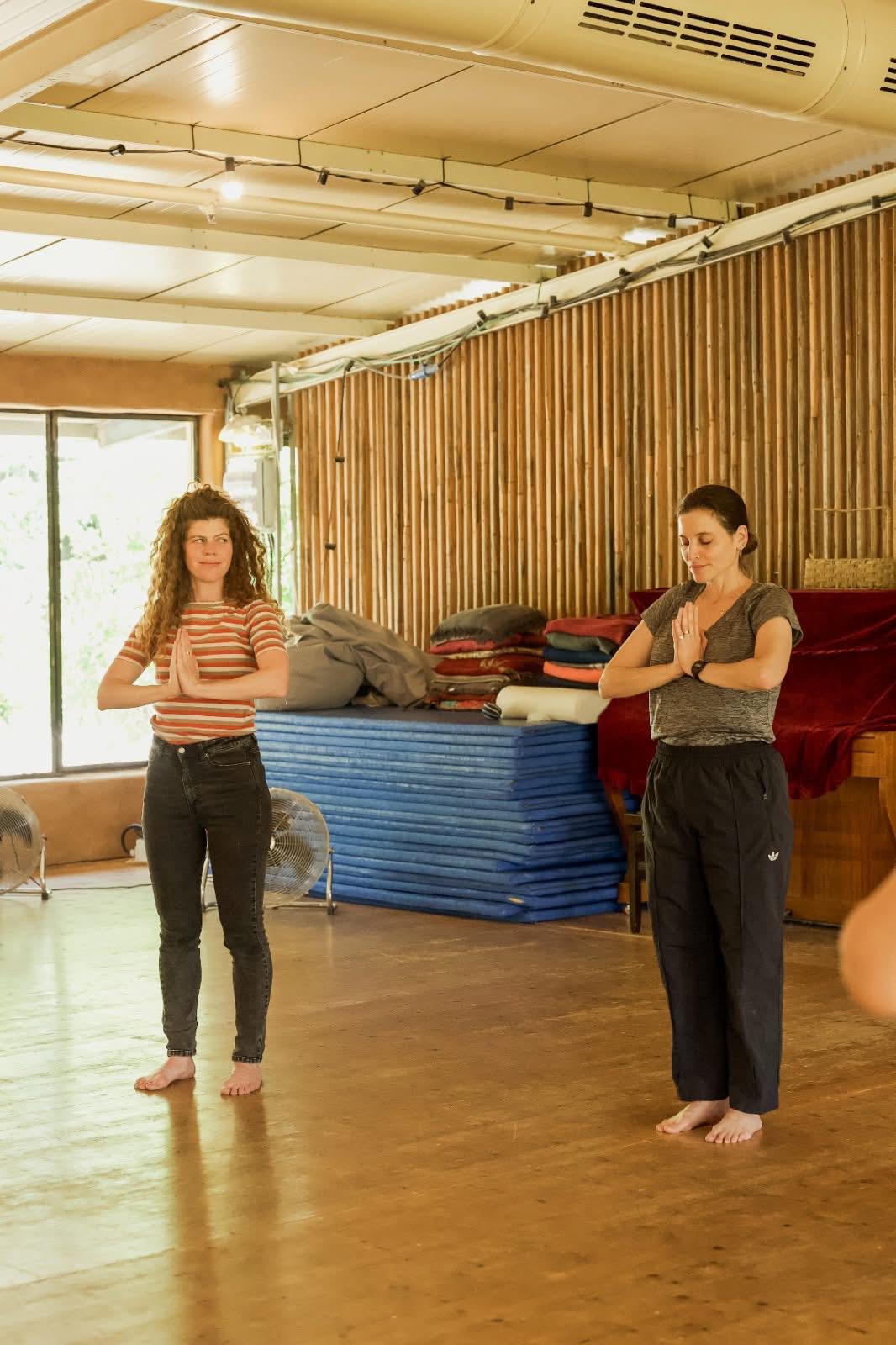
Trying something a little different
Renana and Chaya first piloted this program with groups of evacuees from the south and north in Jerusalem, with different subjects (‘Secrets,’ ‘Dreams,’ and ‘Homes’). Beit Avi Chai subsequently approached them to do the series for parents and children. “There were two main rationales for the project,” Yotvat Weil Fireaizen, Art Director at Beit Avi Chai, explains. “The first is that, at our family events, we often see parents accompanying the children, dropping them off and waiting outside. We wanted something where the parents weren’t passive – we wanted the content to include them, so they don’t just sit at the back scrolling though their phones. And we wanted to bring parents and children together. The parents need to be active – it’s a shared experience, we’re not babysitting for them. So we decided to try something a little different.”
Yotvat also wanted to provide an activity that involves the body. “We often do very intellectual programs – for children as well. For “Movement of Thought,” though, we wanted to connect the body and the mind. When I heard about Renana and Chaya’s project, it felt like a perfect fit. At the start of the war, we created the “Shelter of Happiness,” on the deepest floor of the parking lot, where we did performances, musical events, workshops and yoga for evacuees. “Movement of Thought” is a natural continuation of this initiative.”
The next task was to choose suitable topics. “We chose subjects that speak to both parents and children,” Renana says. “They needed to be relevant to their lives – for example friendship, the topic of the first meeting, is especially important right now. Friendships keep people together during these difficult times.”
Understanding the text using the body
For both Chaya and Renana, the collaborative nature of “Movement of Thought” has been refreshing. “I prefer doing things together,” Chaya says. “Working with Renana has changed how I work. Through her I can understand the text using the body, especially because she comes from a completely different field. She has new and original thoughts and is open to new ideas.” Renana agrees, saying: “I think that dialogue is good, it brings the two sides together on an equal basis. Chaya isn’t just sharing information, she’s encouraging interpretation as well. I’m not just a passive receiver of her knowledge – I also need to produce my own interpretation.”
“Because the format is a new one for us,” Yotvat says, “it took time for us and our audience to acclimatize. For example, everyone learning the theme together before separating and coming together once more. It’s great that we can do this every Rosh Chodesh.”
Chaya and Renana are both happy with the results of the first Rosh Chodesh meeting. “The children and parents were excellent, really connected. They had great new ideas, and it was a lot of fun.” They’ve also had an idea about developing the project for reserve soldiers, without the separation necessitated by the involvement of children.
“Movement of Thought” now takes its place alongside Beit Avi Chai’s other flagship family programs, for example “Date with Savta,” where children learn about their grandparents’ childhoods, or Shalom Kita Alef, a festival for children who are about to start school. “I hope we’ll be able to continue offering this project for a long time in different arenas,” Yotvat concludes.
